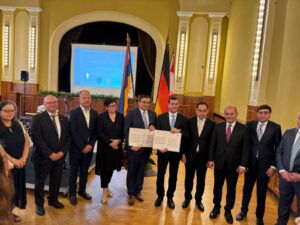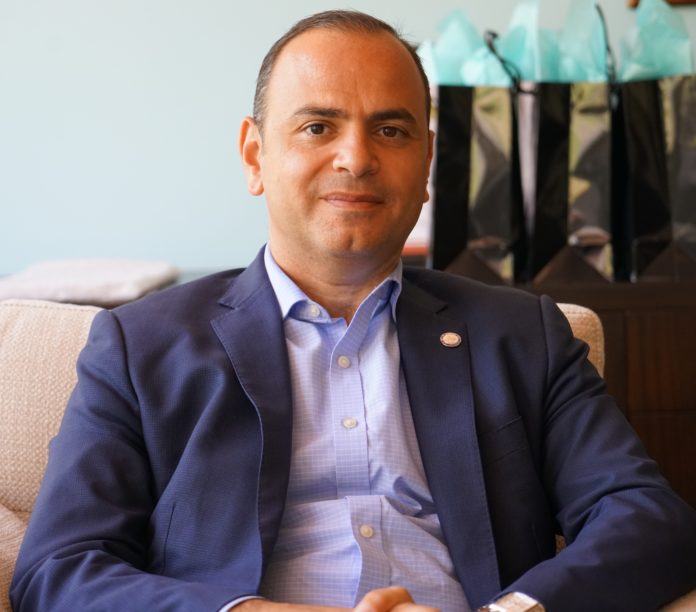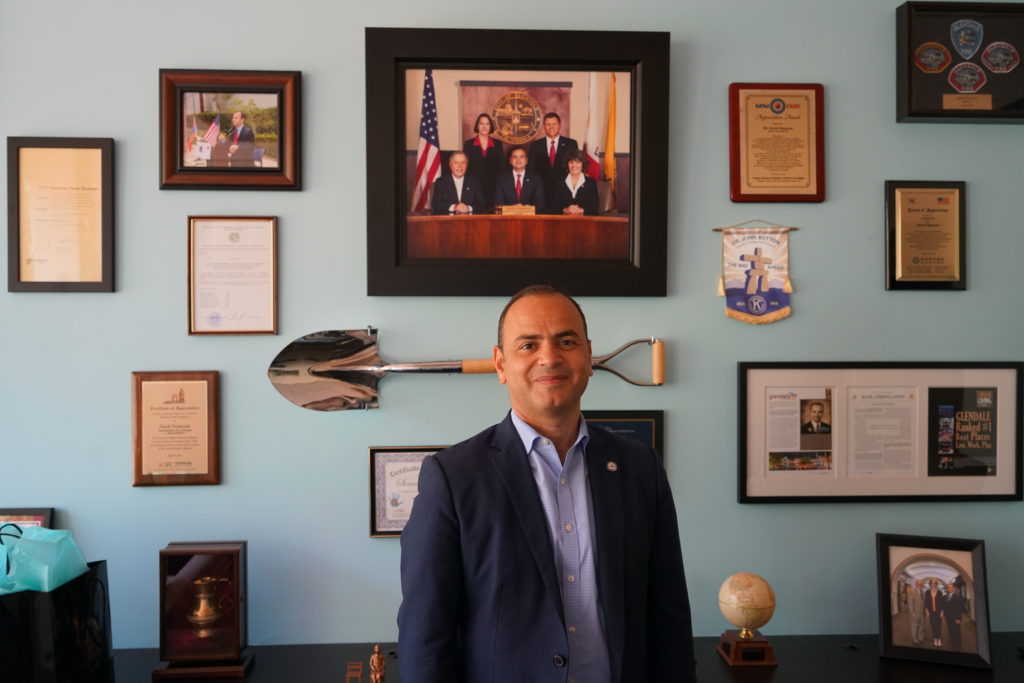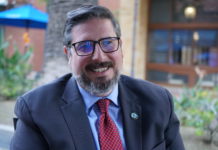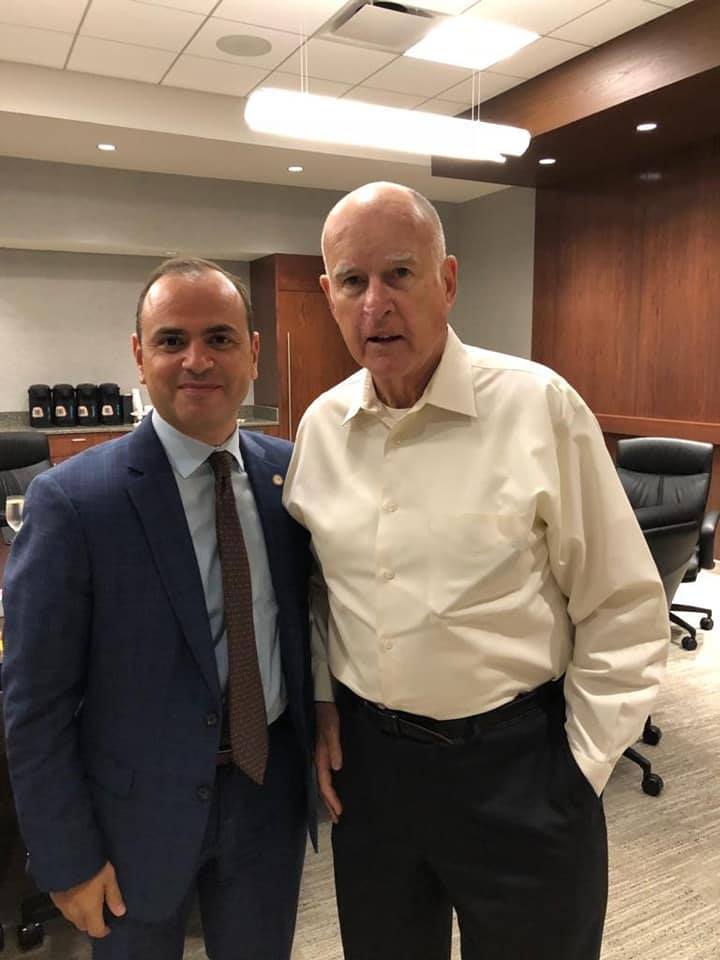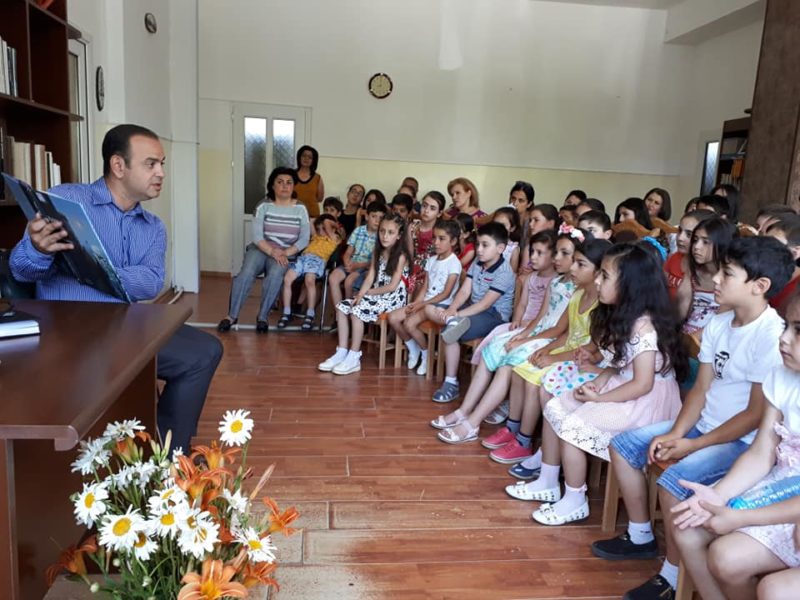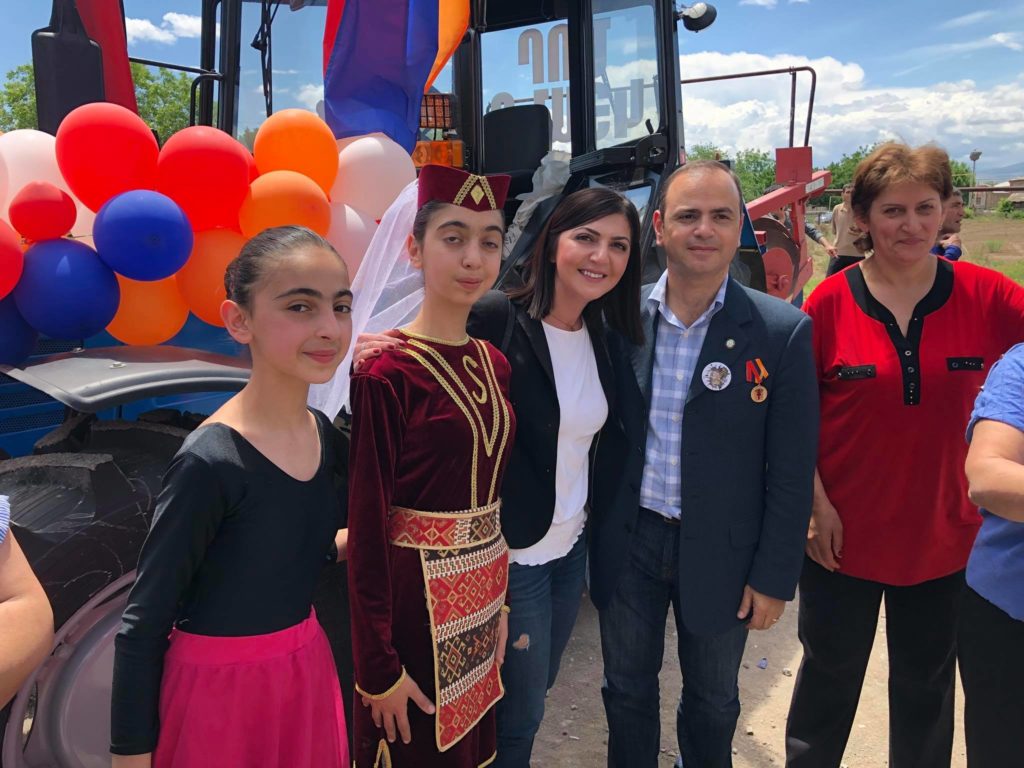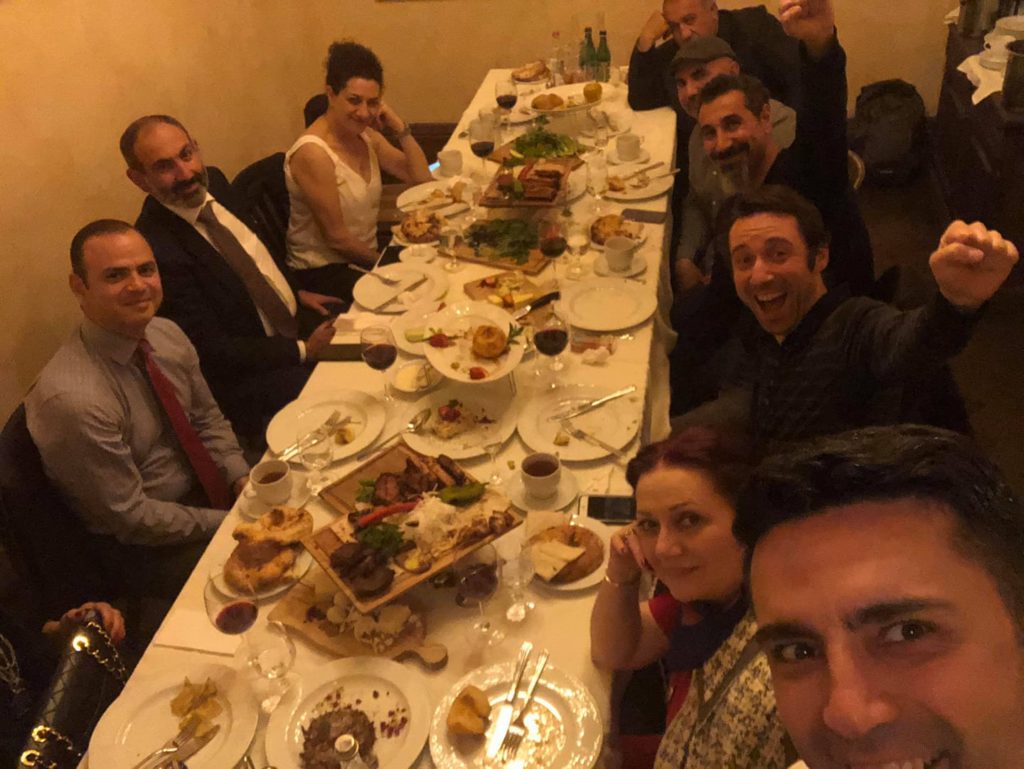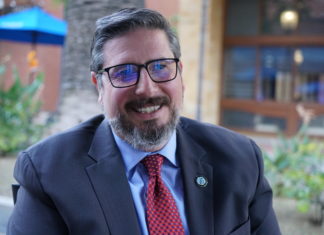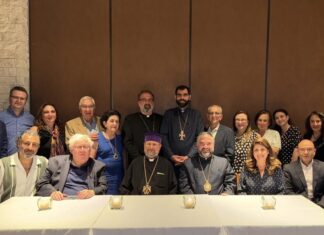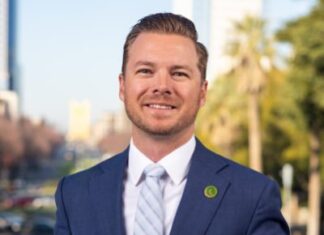GLENDALE, Calif. – Glendale continues to play an important role in the Armenian diaspora with its large Armenian population. This means it is also a launching pad for Armenian-American politicians. Zareh Sinanyan, the current mayor, is one such public servant. He is one of the few American elected officials born in Armenia.
Sinanyan was 14-years-old when he came with his family to the US in 1988. He double-majored in history and political science at the University of California, Los Angeles (UCLA), and says he is still a history buff. After graduating from law school at the University of Southern California, he specialized in business litigation.
He has his own law firm in Glendale which primarily did professional liability defense for companies like accounting and law firms, as well as real estate litigation. Now that he is mayor, he said, “Due to the volume of my responsibilities, my practice is down to a shadow of its former self.” Three-quarters of his time is spent on matters concerning the city of Glendale, he said. While the office of mayor only pays a modest stipend, fortunately, his wife is also a professional attorney who is supportive of his political career.
Sinanyan began his involvement with politics as an undergraduate, both on the student body government and as president of the UCLA Armenian Students Association, and it gradually expanded from there to local American politics. He said, “Initially it started with just being active on various campaigns, helping out different candidates and elected officials to get elected or reelected.”
His political involvement was closely connected to his work with the Armenian National Committee of America (ANCA). He served on the boards initially of its Burbank chapter, then the Glendale chapter, and finally the ANCA Western Region, and only resigned as treasurer of the latter in 2013 when starting his campaign for a seat on the Glendale city council.
Sinanyan began volunteering on campaigns with ANCA in 2000, straight out of law school. He pointed out that in 1999-2000 a shift in local American politics took place. Previously Glendale was a Republican-voting city and the congressman was Republican. The Armenian community there also was more Republican-leaning, according to Sinanyan, but, he said, “I don’t think we saw too many results from Republican elected officials.”
